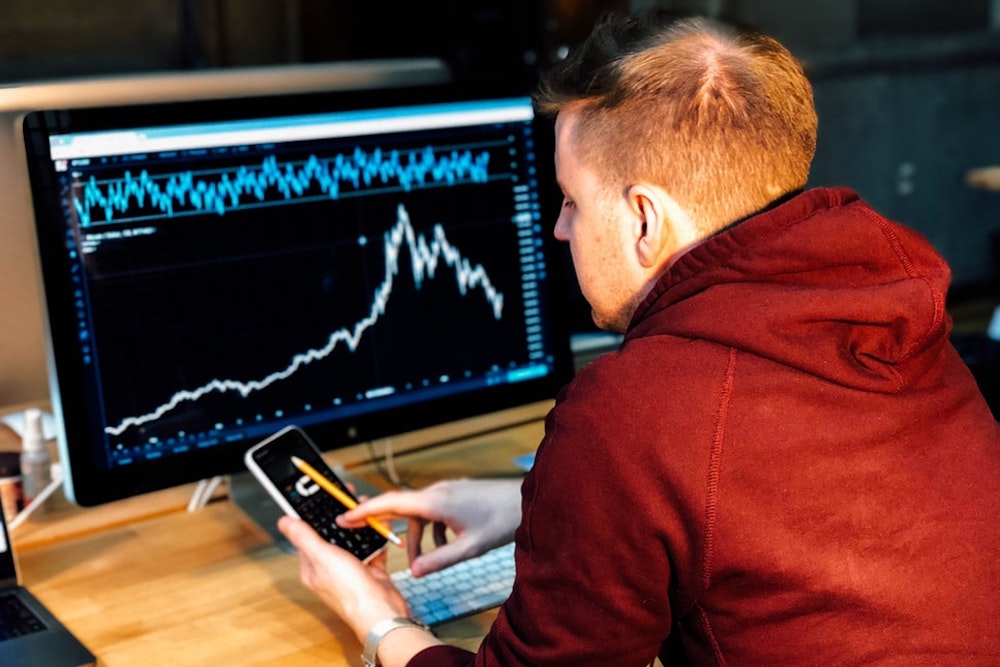I turned 65 this spring and for some strange reason, now find myself prone to pontificating. That includes pouring my hard-earned wisdom onto young business partners and unsuspecting nephews.
It’s hard to resist because today’s youth are taking an unprecedented interest in investing. It’s been a unique aspect of the COVID-19 cycle. Discount trading platforms are seeing a surge in account openings while trading in low-priced stocks has exploded.
Last week, I overheard a young guy tell his friend that he was spending a lot of time on investing. “I’ve focused in on the Nasdaq,” he said. My nephew, who’s never been particularly interested in investing, asked me whether it was time to buy Air Canada.
This is exciting for me because I’ve preached for years (even before reaching the appropriate age) that young investors should be bouncing off the ceiling when stocks are down. Bear markets are a gift for those who are accumulating assets and have a long runway ahead.
I wrote a column last summer on how to get started, although it seems mundane in the context of today’s high velocity market. Indeed, it’s inspired me to write chapter two — some tips for new investors who are now up and running.
In the short term, it’s a casino
Don’t read too much into day-to-day price changes. The market is a complex organism that’s influenced by a variety of factors and interconnections. Short-term moves are more often random than linked to specific announcements or news items. By the same token, don’t be too quick to claim brilliance if a stock goes up after you bought it. Your thesis may have been correct but getting the timing right was blind luck.
Intellectual integrity
Indeed, if you’re taking credit for a profitable trade, then also own the blow ups. Don’t inherit a trait from your parents’ generation — i.e. congratulating yourself on a great call when a stock goes up, but blaming the market when it slides. Make sure you’re honest with yourself.
Reading it on Twitter or Reddit doesn’t constitute an edge
We all like to think we have the inside track. A hot deal on a paddleboard or a scoop on a friend’s engagement. As an investor, however, assume that anything you get from a news feed is broadly known. If your view of a company or situation came from something you read on your phone, then it’s not unique.
The long game
There is one area, however, where you do have a structural edge. You have a longer timeframe and can be more patient than your grandfathers’ pension plan, your mother’s advisor, or a Wall Street hedge fund. If you find an asset that’s extremely undervalued, you can wait for it to play out. Warren Buffet once said: “The stock market is a device for transferring money from the impatient to the patient.”
Write it down
It’s a good discipline to write down three reasons why you own a stock. This is useful because if things don’t work out, you need to know whether your thesis was wrong, or you just overpaid. Understanding the difference will help you decide whether you should sell or buy more.
Pre-mortem
You should also jot down a list of factors that may cause the stock to go down. It’s valuable to understand why someone is selling you the stock. For every optimistic buyer, there’s a seller who either sees a pothole ahead or is rejoicing at how much someone is willing to pay for the stock.
Pay attention to gravity
Howard Marks of Oaktree Capital Management (another old guy) said: “No asset can be considered a good idea (or a bad idea) without reference to its price.”
In the near term, a company’s valuation has little predictive value, but over longer periods, it’s the closest thing investors have to gravity. Buying at or below a fair price will produce attractive returns. Paying too much will lead to poorer results.
Eyes wide open
It’s a great time to learn about investing. The past three months have been equivalent to a two-year MBA. The COVID-19 crisis is a unique moment in time, but the markets are doing what they always do. They are illogical, unpredictable and prone to exaggeration. That’s what makes investing so interesting and rewarding for those who are disciplined and patient.
Tom Bradley is
chair and chief investment officer
at Steadyhand Investment Funds, a company that offers individual investors low-fee investment funds and clear-cut advice. He can be reached at
tbradley@steadyhand.com
Edited by Harry Miller
harrymiller@canadanewsmedia.ca
Source: – TheChronicleHerald.ca
Source link
Related

























